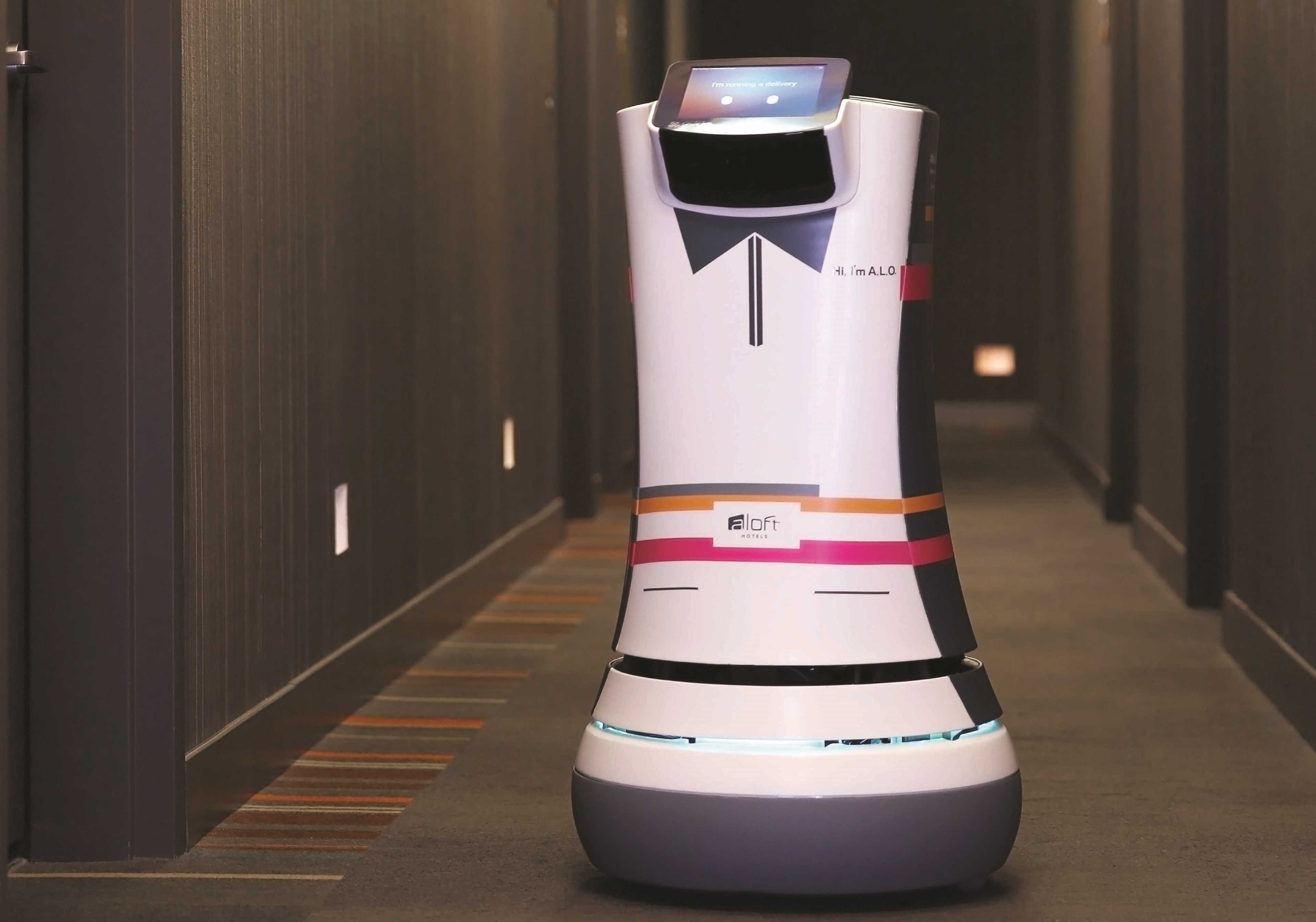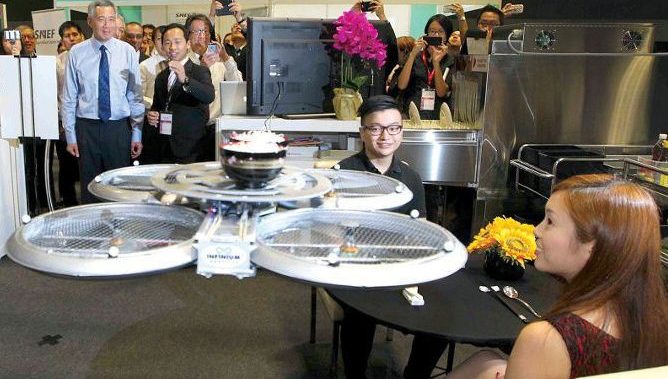Less than 10% of U.S. jobs now reside in manufacturing, but the continued erosion of that sector has sent a shock to our system. No amount of Carrier deals, both economically and politically dubious, will make America manufacture again, and things could get far more shocking if other areas of employment quickly disappear into the zeros and ones.
For instance: What if the more plentiful positions in service, which seem particularly prone to automation, should begin to quickly vanish? In a smart Quartz Q&A conducted by Eshe Nelson, economist Richard Baldwin, author of The Great Convergence, warns that globalization’s most profound disruption is imminent and no legislation will likely be able to prevent its arrival (and we’d be injured in other ways even if it could).
To mitigate the downside, Baldwin suggests “we have to look for inspiration from northern European countries who have comprehensive retraining, help with housing, help with relocation.” It’s a tall order, but shortcuts likely won’t do.
An excerpt:
Question:
What about Donald Trump’s promise to bring back US manufacturing jobs? He made a deal to keep nearly 1,000 jobs at the Carrier gas-furnace factory by offering a big tax break.
Richard Baldwin:
We shouldn’t try and protect jobs; we should protect workers. It’s really a fool’s errand to struggle with because after a year or two those jobs will still go. Either they will be replaced by robots or they’ll move to Mexico or China. If Carrier becomes inefficient from being forced to stay in the US, its business will go to competitors in Japan or Germany.
Question:
So even if we put up trade barriers, the jobs we protect will be for robots, not people?
Richard Baldwin:
Absolutely. There are jobs for people, even in manufacturing these days, but not for the low-skilled people who have been dispossessed by this. Their jobs were routine and the easiest to replace with automation. The first thing to do is accept the 21st–century reality that no matter what you do, these jobs aren’t coming back.
Question:
An important aspect of your book is that we still have the so-called third phase of globalization to come, which will drive down the cost of moving people.
Richard Baldwin:
There are two technologies that are key: telepresence and telerobotics. They exist but are expensive and clunky. Telepresence is half of a table with life-size screens, good light, lots of cameras, and microphones. Then the other half of the table is somewhere else. When people sit at the table you have a very strong impression that they are in the same room.
Question:So the “movement” of people is not physical?
Richard Baldwin:
It’s a substitute for being there. It’s Skype that’s really, really good.
The second is telerobotics. There are a couple of well-known ones. One is the surgeon operating at a 100-kilometer distance from the patient. But you can imagine that hotel rooms in London could be cleaned by people driving robots sitting in Kenya or Buenos Aires or wherever, for a tenth of the cost here. That’s coming, and it will be very disruptive.
Question:
What happens to the chart on global income distribution during this phase of globalization?
Richard Baldwin:
It keeps going down.•
Tags: Eshe Nelson, Richard Baldwin










